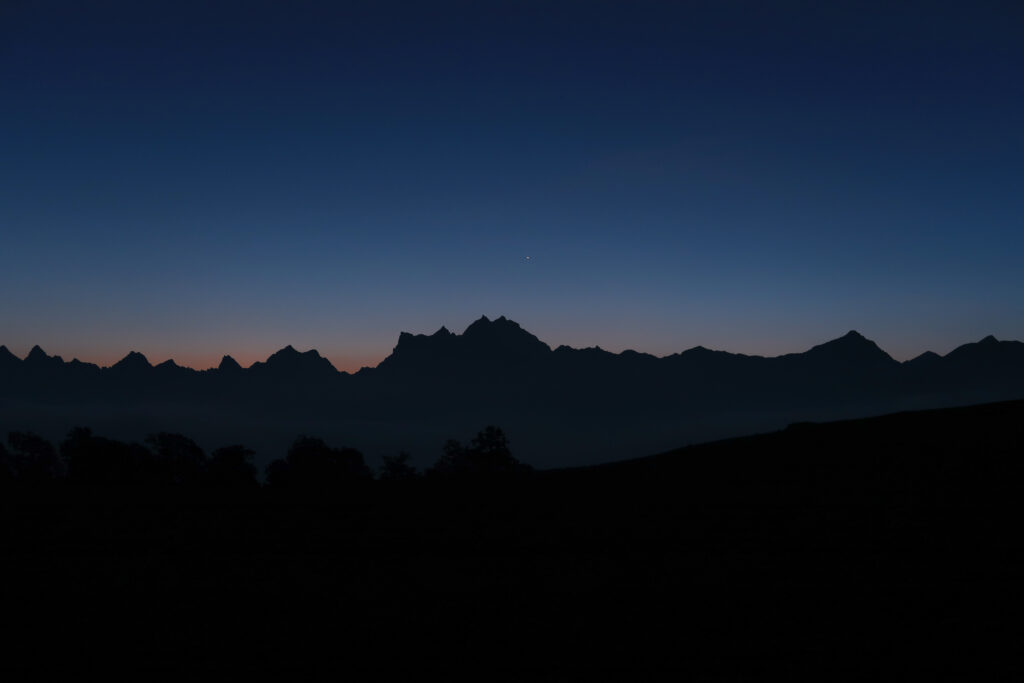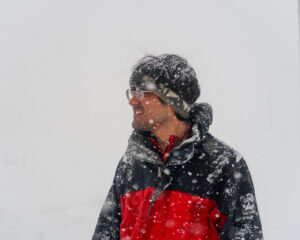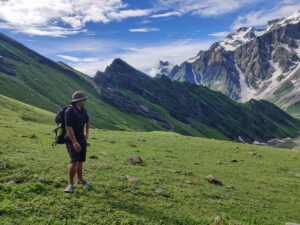
Breath by Breath : 7 Essential Ways to Acclimatize Naturally

Ankit Biswas
ankit@wildsummit.in
Anyone who’s trekked in high altitude ranges knows, the journey isn’t just about the breathtaking landscapes, it often comes with the challenge: altitude sickness. Where one wrong move can turn a thrilling journey into a struggle for breath.. Over the years, with each trek, from the trails of Ladakh to the rugged paths of Pin Parvati Pass. I’ve learned that the acclimatisation to high altitude is a mix of strategy, patience, and knowing your body. Here I’m sharing these 7 lessons learned from personal experiences.
1. Acclimatization Days Are Not Optional
If your itinerary includes acclimatization days, don’t skip them. Or design your itinerary keeping altitude gain in mind. Include rest days in your itinerary instead of rapid accend. These aren’t just rest day, they’re critical for acclimatise to the altitude. I make use of these days by exploring nearby ridges or visiting local villages, but avoid heavy physical exertion. A short hike to a slightly higher altitude, followed by a return to camp, helps your body adapt.

Tip: Use acclimatization days to enjoy the local culture, photograph the stunning landscape, and let your body adjust. It’s a time to relax and absorb the serenity of the mountains.
2. Listen to Your Body – It Knows What It Needs
Tip: Carry a pulse oximeter to monitor your oxygen levels. It’s a small investment but offers valuable insight into how well your body is coping with the altitude.
3. Master Your Breathing – Deep Breaths Make a Difference
One trick that has made a world of difference for me is focusing on my breathing. On the random trail in Markha Valley, I noticed that shallow breaths quickly led to fatigue. I practiced deep, controlled breathing: inhale deeply through the nose, hold for a few seconds, then exhale slowly through the mouth. It’s a simple technique, but it helps increase oxygen intake and calms the mind, especially during strenuous climbs.
Tip: Don’t rush. Maintain a rhythmic breathing pattern, which not only conserves energy but also keeps you mentally steady. You can try pranayama (a yogic breathing technique) before starting the trek to improve your lung capacity.
4. Hydrate like your trek depends on it (because it does)
One of my most valuable lessons from the trails is to stay hydrated, especially in the cold and dry mountain air. I’ve written a dedicated article on this topic- Stay Hydrated on High Altitude Trek . Dehydration can sneak up on you faster than you’d expect. I aim for at least 3-4 liters of water daily, and I like to mix things up with warm herbal teas, especially ginger and lemon, which helps with nausea. However drinking too much can lead bloating and all.
Tip: Use a hydration pack for easy access to water. Add ORS to your water; not only does it taste refreshing, but it also aids in digestion and reduces nausea.
5. Take it Slow – “Climb High, Sleep Low”
One of the cardinal rules of high-altitude trekking is to ascend slowly. It’s tempting to push on to cover more distance, especially when you’re feeling good in the lower reaches, but patience is key. A good rule of thumb is to limit your ascent to 300-500 meters per day once you’re above 3,000 meters. Even the fittest of trekkers can face trouble if they rush. Additionally, practicing the “climb high, sleep low” strategy, where you climb to a higher altitude during the day and descend to a lower elevation to sleep, has helped me acclimatize better.
Tip: Take shorter steps, keep a steady pace, and allow your body the time it needs to adapt to the decreasing oxygen levels. Don’t compete; enjoy the journey!
FAQs
Q: What is the best way to deal with headaches at high altitudes?
A: Stay hydrated, take regular breaks, and consider medications like acetazolamide if recommended by a doctor. Descend if symptoms worsen.
Q: Can physical fitness prevent altitude sickness?
A: While being fit can help, altitude sickness can affect anyone, regardless of fitness levels. Acclimatization is more important than physical fitness.
Q: What should I do if I see someone experiencing severe altitude sickness?
A: Encourage immediate descent and seek medical attention if available. Severe symptoms can be life-threatening if not treated promptly.
By following these tips and staying informed, you’ll be well-prepared to tackle the high-altitude treks of the Indian Himalayas. Every journey is unique, and with proper acclimatization, you’ll make the most of every breathtaking view.

Ankit Biswas
About the author
He has had an inclination towards Mountains. To fulfil this dream, did his Basic mountaineering Courses from Nehru institute of mountaineering, Advance mountaineering courses from Himalayan mountaineering institute Darjeeling and Skiing courses from ABVIM Manali. He has done various expeditions in the Himalayan region. And his love for mountains and adventure is never-ending. Make sure to get detailed help related to the Himalayan trek from him.
Reach him at ankit@wildsummit.in